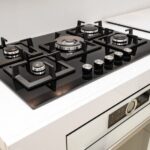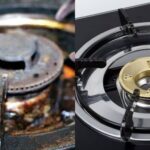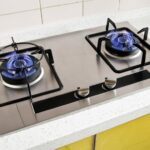After using my old stove for over four years, I finally decided to invest in a new one, spending around $1,000. Previously, I often wondered, “What’s the difference between a $100 stove and a $1,000 one?” Now, I’ve identified five clear distinctions.

1. Flame Power
The maximum heat output of a gas stove, measured in kilowatts (kW), determines its cooking efficiency. My old stove had a 4.0 kW output, while the new one boasts 5.2 kW.
The upgrade immediately made cooking faster. Previously, boiling water took over 10 minutes, but now it’s done in 5–6 minutes. Each dish saves about 5 minutes, reducing my overall cooking time by half an hour per meal.
Additionally, the food tastes better. Dishes requiring high heat, like stir-fries, now achieve the perfect “crispy outside, tender inside” texture effortlessly.
Turns out, it wasn’t my cooking skills lacking—it was the stove’s power.
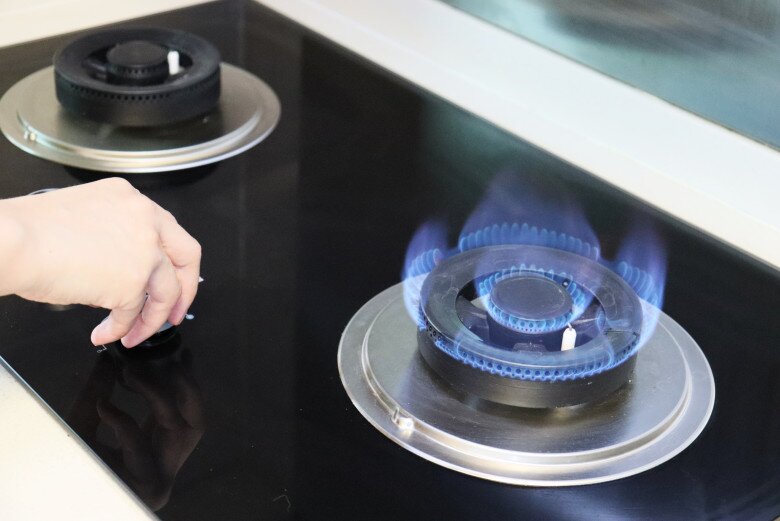
2. Gas Efficiency
Like other appliances, gas stoves have energy efficiency ratings. I believe investing in a high-efficiency model (Class 1) is worth it, not just for gas savings but also for flame quality.
My old stove, rated Class 3, had a wide, scattered flame that enveloped both the bottom and sides of the pot. This led to heat loss, slower cooking, pot discoloration, and the release of harmful gases like carbon monoxide.
After research, I learned that Class 1 stoves feature improved burner designs and focused flames. My new stove’s flame is lower, more concentrated, and evenly blue, ensuring faster cooking, gas savings, and enhanced safety.
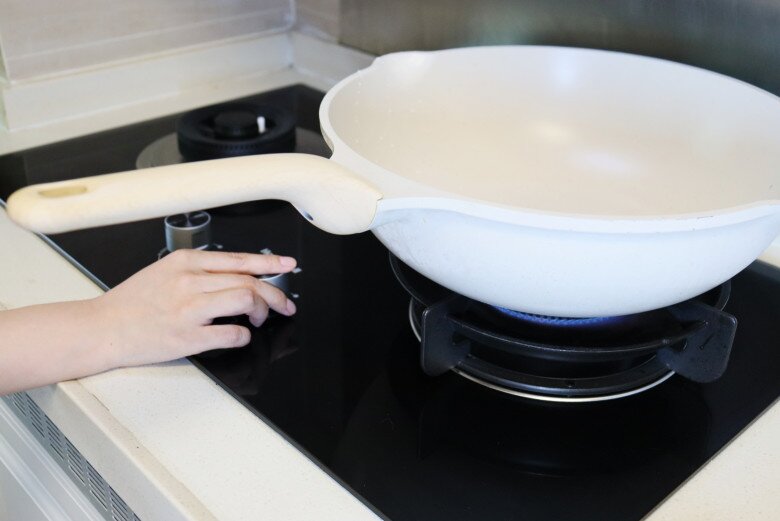
3. Precision of the Control Knob
Beyond the visible knob, the mechanical shaft beneath it controls gas flow. My old stove’s knob lacked precision—slight adjustments resulted in either too low or too high flames.
The new stove’s knob is far more responsive. A 1-degree turn adjusts the flame noticeably, unlike the old stove’s 10-degree requirement. This “stepless” control allows for smoother and more accurate flame adjustments.
This precision is especially helpful for novice cooks who rely on flame size and cooking time rather than experience to control dishes.
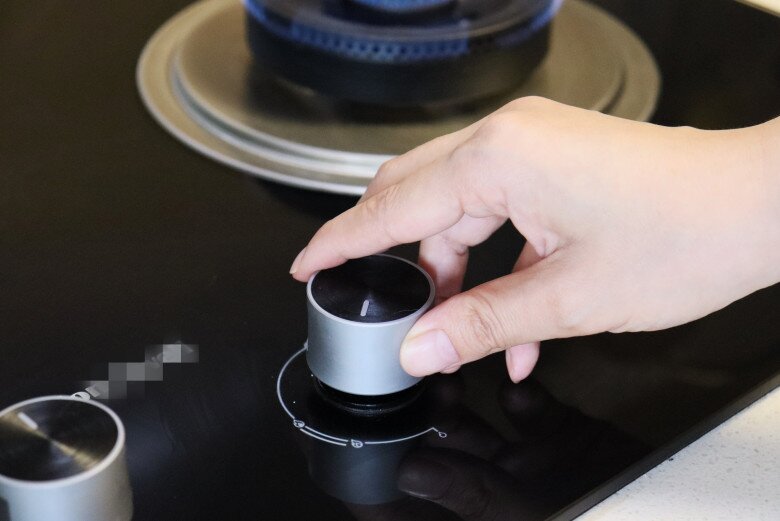
4. Burner Material
In a previous video, I demonstrated a stove’s safety feature: automatic gas shut-off when the flame is extinguished. However, a comment asked about a black fragment falling from the burner—it was rust from the cast iron burner.
Cast iron burners rust over time, leaving residue that’s hard to clean and can clog the stove. My new stove uses solid brass burners, which are rust-resistant, coated for durability, and don’t flake or leave debris. They’re also more aesthetically pleasing and robust.
High-quality burners not only last longer but also enhance safety and ease of cleaning.
Learn more: Safe gas stove usage to prevent explosions
5. Cooktop Material and Feel
My old stove had a stainless steel cooktop, while the new one features tempered glass. Material type isn’t the key—it’s the quality. Cheap stoves, regardless of material, often compromise on quality.
For instance, low-cost tempered glass may lack adequate protective layers, risking spontaneous breakage under temperature changes. Similarly, cheap stainless steel scratches easily. My old cooktop was scratched within a month, looking unsightly.
While photos don’t show the difference between a $100 and $1,000 stove’s cooktop, in person, the premium surface feels sturdier, smoother, and more luxurious.
(*) This article is for reflection and reference only!

























